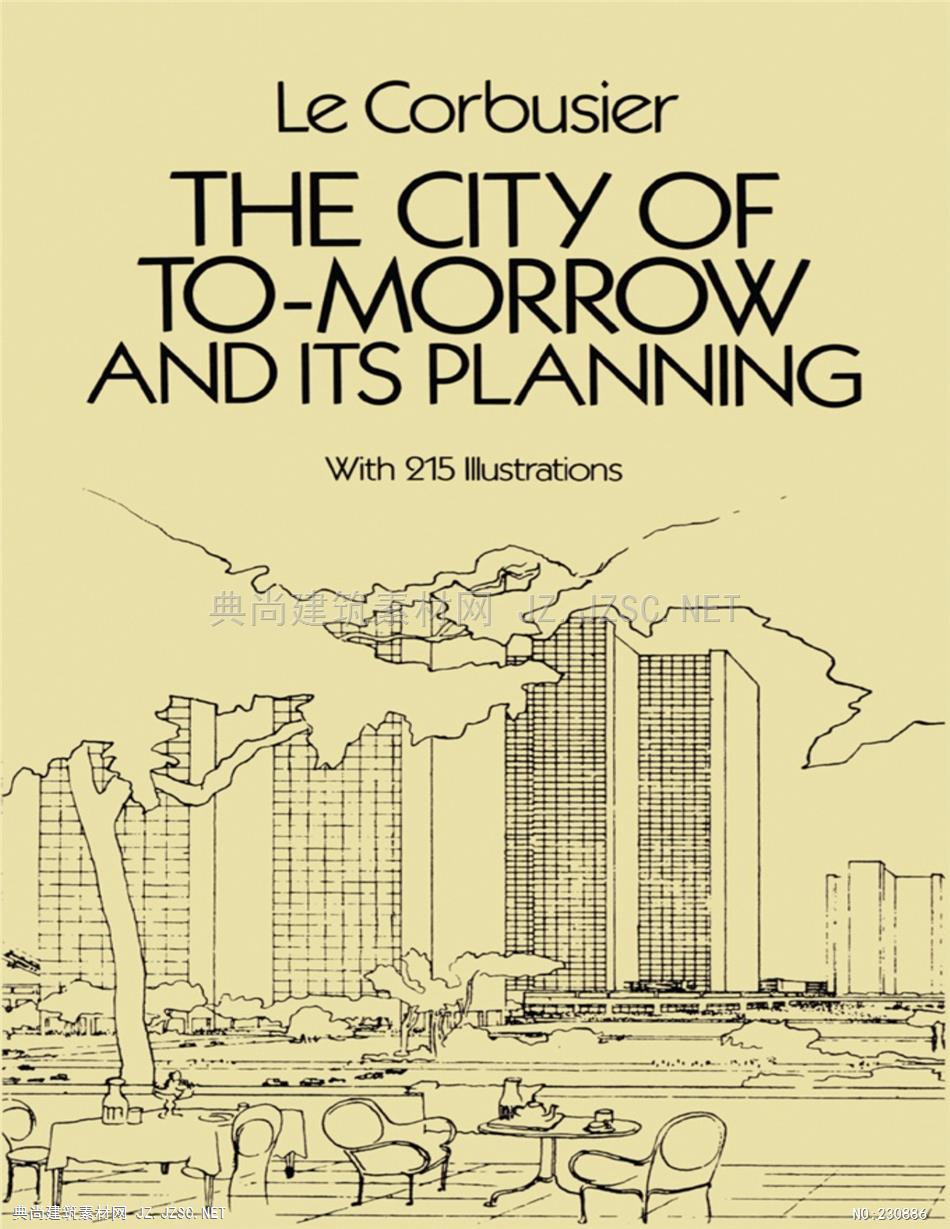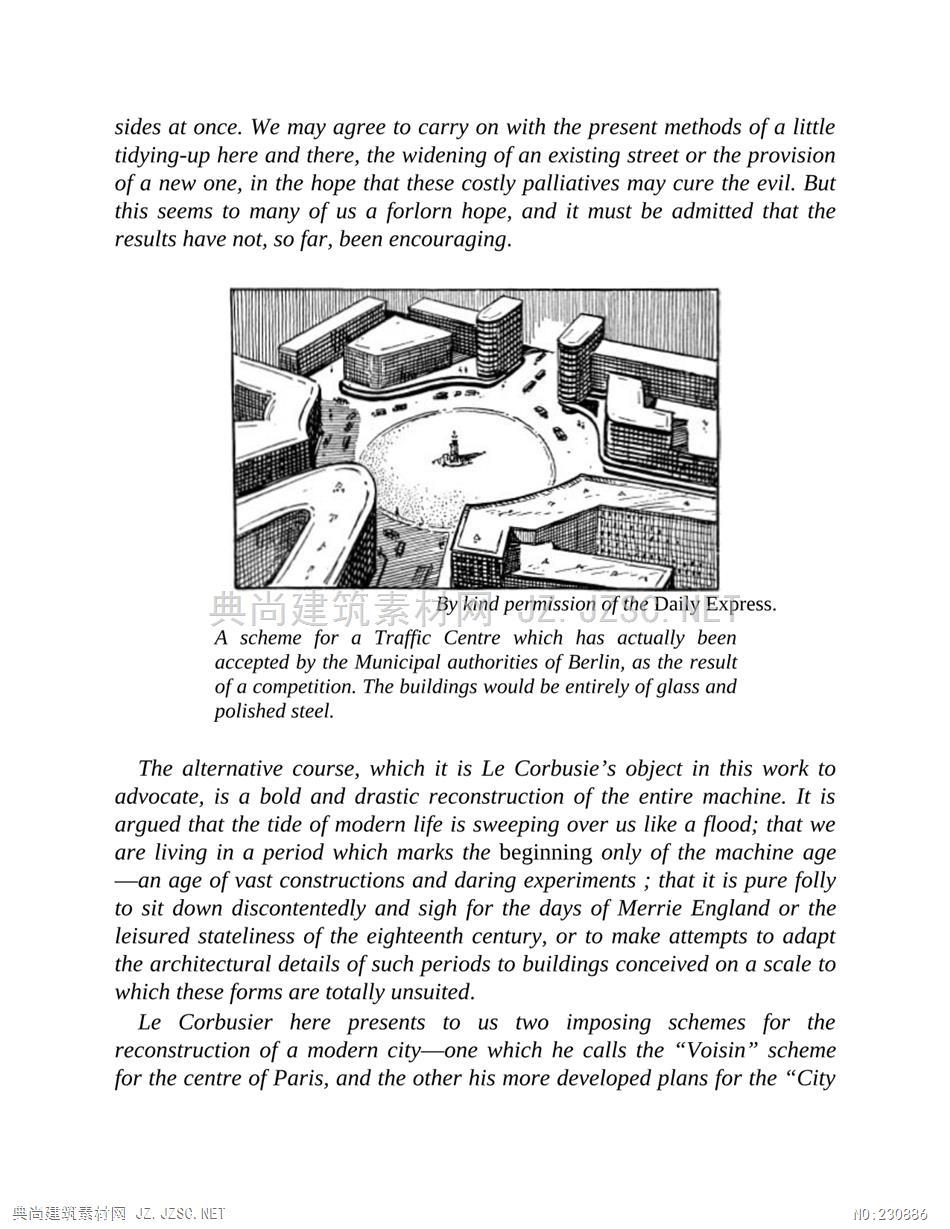









INTRODUCTIONge r he en ueconstructional side.It is not altogether an easy book,yet the questions ofwhich it treats are such as touch,at some point or other,the lives of everyone of us,quite apart from matters which are likely to interest primarily thespecialist.But interest in architecture to-day,at any rate in this country,istoo often confined to what is pretty or cosy or picturesque;pleasant enoughthings in their way but not of the essence of good building.The excursionsinto the study of serious architectural forms which were a part of thenecessary education of the cultivated eighteenth century gentleman musthave helped,one imagines,to make that amazing age what it was.This volume has a more immediate appeal to the ordinary citizen.It is trueenough that the ugliness of the houses in which they live does not undulydepress the bulk of people,and it is easier-to touch them on the point ofamenities such as"constant hot water"or electricity than on questions ofproportions and relationships of architectural forms.But nearly every town-dweller knows well what it is to wait in a queue for a'bus on a wet evening,or to fight for entrance into a tube carriage at the rush hour;or to crawlalong Oxford Street in a taxi-one of the most desolating experiencespossible.Here the author has undertaken a close survey of the existing conditions inour great cities and of their functioning under the new state of things whichhas arisen since the present machine age began and particularly,of course,in relation to mechanical transport.I shall mention later on the three vitaltopics with which he deals,the Street,Housing and Open Spaces in the greattown.But it should be clear that the subject is one that touches us all,andclosely.It is essential to town-dwellers that they should be appropriately anddecently housed,that they should be able to get about their city inreasonable comfort,that light and air and provision for out-of-door exerciseand recreation should be assured them,not to mention such services assanitation,gas,electricity and water.Le Corbusier began by tracing the origins of cities and the causes which素村网Z.ZC.ET have led to the state of chaos in which we find ourselves.As against the"nomad's camp,"or the little collection of huts from which so many citieshave sprung,he recalls town planning of the past,such as Babylon,theRoman colonial towns,Pekin,the mediaval fortified towns and the greatworks carried out under Louis the Fourteenth.All these were geometrical,predetermined and ordered "lay-outs,"in sharp contrast with the ordinaryEuropean mediaval town2 with its narrow winding streets and picturesquejumble.It is this latter type of town which has in most cases determined theexisting state of our cities.The City of London itself is a conspicuousexample.Few Englishmen are likely to be insensible to the charm of what isaccidental or picturesque or a little haphazard The sensation of pleasurethat an old village,for example,can cause us to feel is due partly,I suppose,to this element and partly to the beauty of patina and to that curious qualityof“rightness”of things that have merely“happened,”as one can see in thecase of a tea-tray where the crockery has been shifted about a little in use.3But that is only one side of the picture there is a positive,and one wouldthink a more sober and important,side of the human mind,which insistsinstinctively on the tidying-up of chaotic conditions.This is the instinct forOrder.This book deals strictly with urban conditions,and its main thesis is thatsuch a vast and complicated machine as the modern great city can only bemade adequately to function on a basis of strict order.We are to forgo,or torelegate to a minor place,pleasures arising out of picturesqueness or ofwhat is merely pretty or wilful,and to confine ourselves to the sternerdelights which severe and pure forms can give us.We are to aim first of allat efficiency,for that is the crying need of the moment,but it must lead us onto a fine and noble architecture.筑素衬网Z..ET By permission of the Sunday Graphic.A FOGGY DAY IN LONDONUnder such conditions all ideas of roof gardens,terracegardens and indeed all outdoor amenities become ridiculous.The smoke nuisance must be eliminated as a first step.The fog tonnage over London is 70 to 200,according to itsdensity.The damage to health is estimated at 125,000,extralighting and heating costs 275,000,wage losses amount to£150,000,goods delayed in transit mean a loss of£150,000,and the derangement of everybody's affairs costs no less than£300,000.Now,if for a moment we look at our great cities-at London,if you like-as machines,we shall find that they do not function as they ought to Ithink this is common ground.The inhabitants,except for a fortunate few,areinadequately and uncomfortably housed,and traffic is a chaos.There are,asregards the buildings,a few picturesque survivals and a mass of fineeighteenth century architecture,but for the most part the existing structuresare mean and unworthy.The whole urban scene is one of wastedopportunities and inefficiency.If we consider the question of how the modern city is to be made tofunction under the conditions of to-day,we shall find ourselves forced to take筑素村网Z.ZS沁 sides at once.We may agree to carry on with the present methods of a littletidying-up here and there,the widening of an existing street or the provisionof a new one,in the hope that these costly palliatives may cure the evil.Butthis seems to many of us a forlorn hope,and it must be admitted that theresults have not,so far,been encouraging.t筑素ykind permission ofhe Daily Express.A scheme for a Traffic Centre which has actually beenaccepted by the Municipal authorities of Berlin,as the resultof a competition.The buildings would be entirely of glass andpolished steel.The alternative course,which it is Le Corbusie's object in this work toadvocate,is a bold and drastic reconstruction of the entire machine.It isargued that the tide of modern life is sweeping over us like a flood;that weare living in a period which marks the beginning only of the machine age-an age of vast constructions and daring experiments;that it is pure follyto sit down discontentedly and sigh for the days of Merrie England or theleisured stateliness of the eighteenth century,or to make attempts to adaptthe architectural details of such periods to buildings conceived on a scale towhich these forms are totally unsuited.Le Corbusier here presents to us two imposing schemes for thereconstruction of a modern city-one which he calls the "Voisin"schemefor the centre of Paris,and the other his more developed plans for the "City筑素荷网Z.ZS沁.ET of Three Million Inhabitants."He admits that these plans are to some extenttentative and that they do not take into account the many compromises whichwould be necessary.Indeed,however drastic the reconstruction of a greatmodern city might be,there would inevitably be plenty of compromise.Theinnovators might govern the situation,but they would not have it all theirown way;which is perhaps as it should beIn both these schemes he Corbusier adopts the sky-scraper as his mostimportant unit,but he makes of it a very different use from that which hasobtained in New York with what seem to be unhappy results.4 His sky-scrapers are set at immense distances from one another;they aresurrounded by large open spaces or parks,and they are allocated tocommercial,not residential,purposes;the great tenement houses and otherbuildings being relatively low in height.The plans included in this volumewill demonstrate clearly the scope and general appearance of such areconstruction as he Corbusier proposes of a great modern city.The resultmay seem a little terrifying at first sight,no doubt,but the "City of To-morrow"wears a more friendly aspect on closer examination.Indeed LeCorbusier has taken to heart the maxim of Pythagoras,and has planned hiscity,in spite of its vastness,on the human scale.筑素衬网Z.
本站所有资源由用户上传,仅供学习和交流之用;未经授权,禁止商用,否则产生的一切后果将由您自己承担!素材版权归原作者所有,如有侵权请立即与我们联系,我们将及时删除